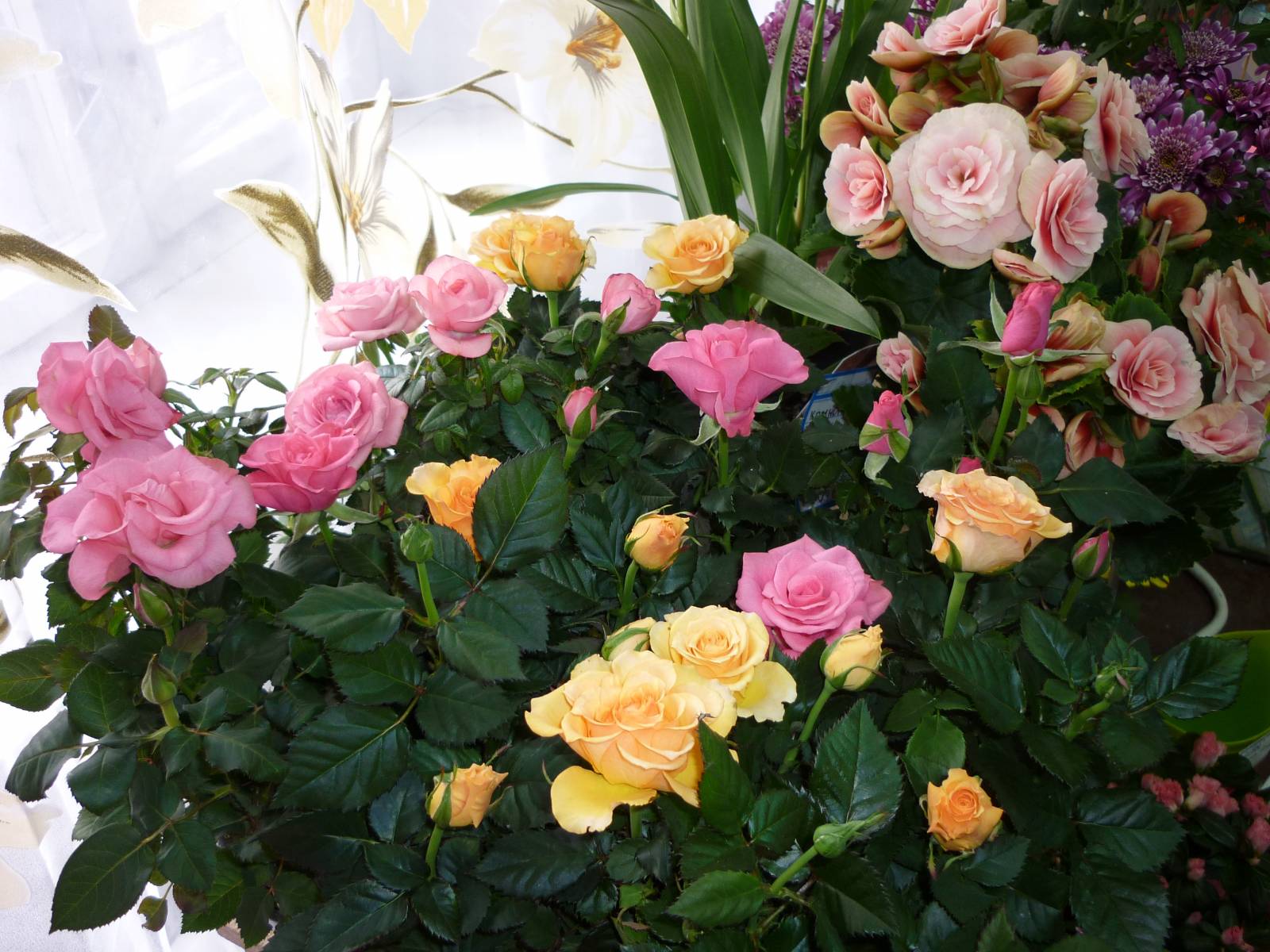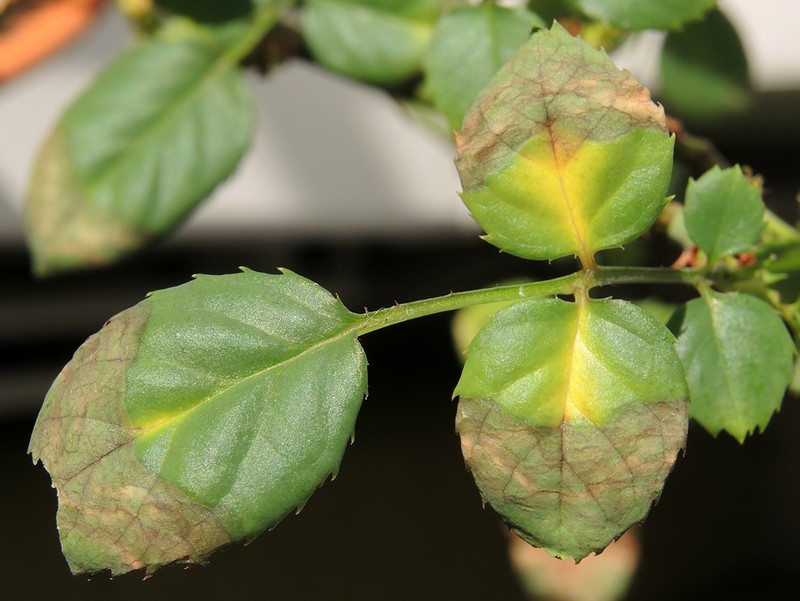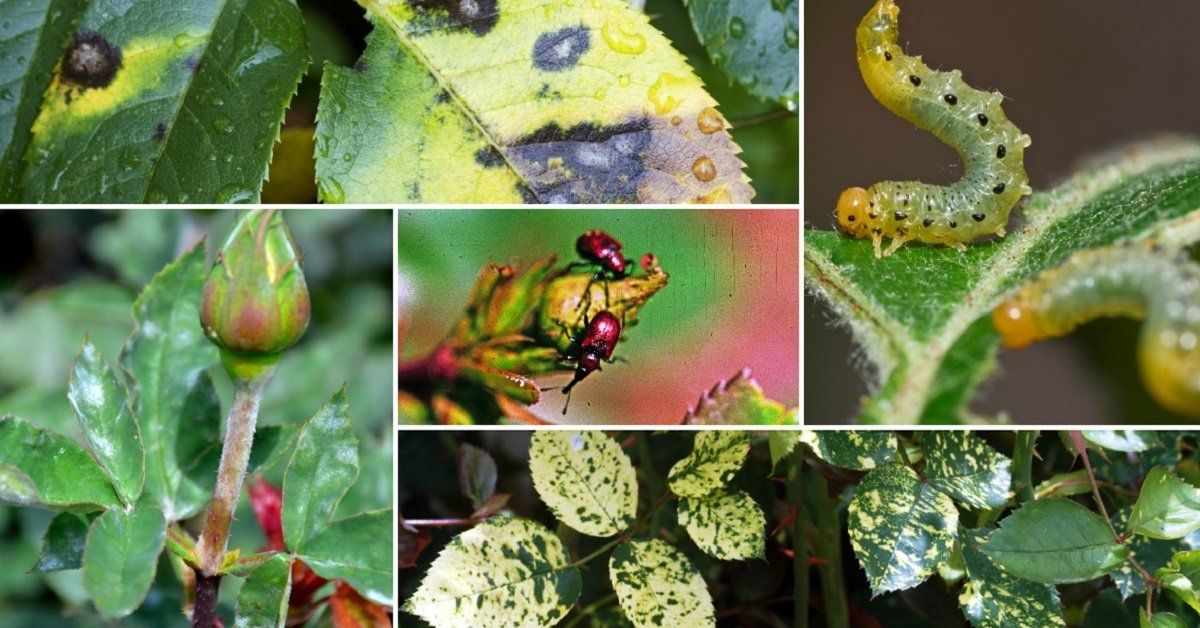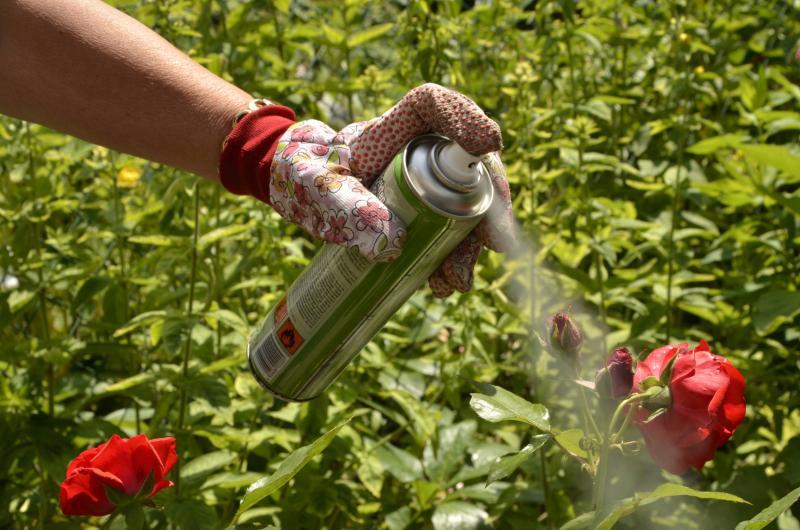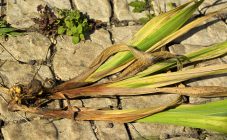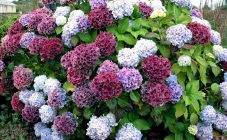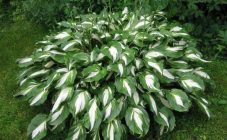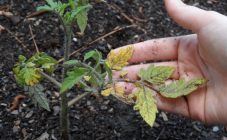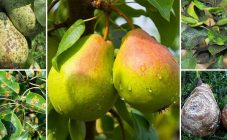Content:
Flowers for a true lover to grow them are a source of joy and well-deserved pride. But if problems arise, this cannot but cause chagrin. You can understand and understand why the leaves of a rose turn yellow, what caused such a misfortune on your favorite plant, by reading and studying this text.
General rules for caring for roses outdoors and at home
Caring for rose bushes is quite laborious, since the plants are demanding and not all varieties have good resistance to diseases and pests.
Landing
Roses should be planted in open ground in the fall, while it is necessary to choose the right timing, if planting too early, the bush will begin to give new shoots, which can die in frosts. A delay in planting is also undesirable, since the plant will not have time to root. Then the rose is cut, removing all weak branches, and leaving 5-7 buds on the strong ones. The bush is watered, spud and mulched. After the onset of the first light frosts, the rose is covered.
Taking shelter
In spring, the shelter should be removed gradually, after the snow melts, slightly open the southern side, then every 3-4 days open more and completely remove the covering material. The hitch is removed when the awakening of the kidneys becomes noticeable.
Fertilization
The first feeding is done in the spring and then several times during the flowering period. The drug is mixed with the soil around the bush, then watered. It can be applied dissolved after watering, the rules and concentration of the solution should be indicated on the package.
Watering
Watering roses should be proportional to the moisture content of the soil. In spring, wet soil should not be watered. In summer they water it 2 times a month, and in hot dry weather more often. In autumn, watering is reduced or stopped altogether, and before covering for the winter, the bushes are watered abundantly.
Pruning
This is an essential element of care. It is necessary to prune in the spring, removing frozen and damaged branches. In the summer, roses are cut depending on the variety, and in the fall, so as to prepare the bushes for shelter for the winter.
Features of caring for indoor roses:
- In winter, homemade roses need peace. This means that at the end of flowering, watering is reduced, the branches are shortened by one third, and the flowerpots are transferred to a cooler room.
- Pruning is done twice a year - before wintering and during flowering.
- It is necessary to maintain the optimum temperature and humidity.
Why and what to do if the leaves of a garden rose turn yellow and fall
There are various reasons for yellowing:
- lack or excess of nutrients;
- improper watering;
- illness;
- harmful insects.
Each of these reasons will be indicated by the nature of the yellowing.
Lack or excess of nutrients
If the lower leaves began to turn yellow and fall off, the bush forms few buds, the flower petals are small, and the young growths are weak - all this indicates a lack of nitrogen. You should not wait until the bush turns yellow completely and begins to shed its leaves; if one or more of these signs are found, the plant is immediately fed with ammonium nitrate or special complexes for roses containing nitrogen.
An explanation why the leaves of a rose in a garden turn yellow in summer may be a lack of potassium, but in this case the tips of the leaves turn yellow and then dry out. If you don't feed the plant with potassium sulfate or potassium magnesia, it will dry out completely. Top dressing is carried out with a solution of a substance at the rate of half a tablespoon per 5 liters of water.
When the leaves partially turn red, and then these places die off and can completely fall off, this indicates a lack of magnesium. When watering with water, it is recommended to add magnesium sulfate (10-12 g per 5 liters of water).
With a lack of iron, the entire leaf plate turns yellow, only green color remains along the veins. If you do not take action, foliage falls. Recommended top dressing is Fertika Universal-2, and next year in spring, apply Pokon for roses according to the instructions on the package.
The leaf may not turn yellow entirely, but in the form of an arrow from the edge to the center, this is the result of a manganese deficiency. Spraying with manganese sulfate can help, and next spring root top dressing with Fertika Universal-2 is recommended.
Watering
Due to the lack of moisture, the leaves dry and curl, and the buds droop. It is necessary to carry out regular watering and mulch the soil around the bush.
Due to waterlogging, the foliage turns yellow, as with a lack of nitrogen. You just need to reduce the frequency of watering, and in case of long rains, try to cover the flower bed with a film, add sand and remove the lower leaves and shoots.
Diseases
Infectious diseases of roses and their treatment are presented in the table:
| Infection | Type of defeat | Treatment |
|---|---|---|
| Black spot | The leaf becomes covered with black spots, yellowness forms around them. | Removal of yellow leaves, irrigation of the bush with Bordeaux liquid, Oxyhom. |
| Schaceloma | Red spots on foliage, then yellowing and dropping. | Cut off the affected leaves, treat with Oxyhom, Topsin-M |
| Bacterial disease - root cancer | The whole bush turns yellow, complete fall of foliage, deformation of the branches. | The bush should be dug up. If the root is not completely affected, cut off the affected areas, treat the root with Fitolavin. If the root is completely damaged, the bush must be burned. |
| Various rot | Yellow leaves, gray bloom. | Removal of affected shoots, treatment with Fitolovin. |
| Viral diseases | The foliage is covered with spots of different colors, becomes smaller, the bush does not bloom. | The virus-infected bush is immediately removed and burned. |
Pests
The most common of them are: sawfly, rose leafhopper, aphid, spider mite, leafworm, orange whitefly.
When infected by insects, traces of damage first appear on the leaves, then yellowing. Pest control should be done by carefully removing the affected shoots and spraying the plants with special preparations.
Rose leafhopper is also dangerous because it carries viruses. When the heat comes, this insect spreads especially quickly. They are light yellow insects with wings and can be found underneath the leaf. Eliminate the problem by destroying insects and treating plants with insecticides Fitoverm, Aktara.
Causes of yellowing of leaves in indoor roses
Both garden and indoor roses have common causes of yellow foliage: deficiency or excess of nutrients, improper watering, diseases and pests. But there are a number of factors that are inherent only in indoor roses:
- insufficient air humidity in the room;
- bad light;
- unsuccessful transplant;
- drafts;
- sunburn.
To increase the air humidity in the house, vessels with water are placed closer to the plants. The bushes themselves are irrigated with boiled water from a spray bottle in the evening. The roses are given a warm shower once a week. In winter, these procedures are not needed.
If the leaf of a home rose turns yellow from the poorly lit side, we can talk about a lack of lighting. When the window faces west or south-west, it is enough just to help the plant by turning the pot to the light in different directions, and when the window is located on the north side, you will have to apply artificial additional lighting.
Indoor roses can be affected by the same diseases and pests as street roses. Before processing a houseplant, it should be isolated from healthy flowers, and taken outside for processing in the summer.
Prevention
Preventive measures include:
- competent feeding;
- correct organization of watering;
- timely treatment of roses from diseases;
- spraying with insecticides;
- selection of a site for planting, taking into account the characteristics of the soil;
- the formation of bushes without thickening.
When planning a rose garden in the country, you should definitely be guided by the recommended schemes. Climbing roses are placed after 1.5 meters, spray roses - after 0.5 meters, mini-roses - after 30 cm. This is necessary not only for the decorative effect, but also for the prevention of diseases.
When purchasing a rose seedling, you need to study all the features of the variety. There are varieties in which the leaves turn yellow in preparation for winter, this is absolutely normal and should not cause alarm.
Breeding roses in a summer cottage or at home is a fascinating business, if all the rules are followed and prevention is carried out, it will not create problems and will bring a lot of joy.
